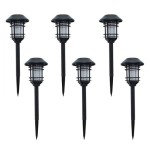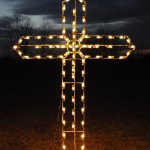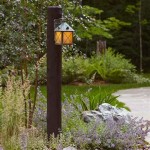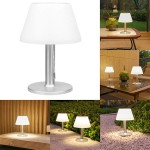How to Convert Outdoor Light Motion Sensor
Outdoor light motion sensors are a popular choice for homeowners seeking improved security and energy efficiency. These devices automatically activate lights when motion is detected, illuminating pathways, deterring potential intruders, and reducing energy consumption by only turning on when needed. However, situations arise where you may need to convert your existing outdoor light motion sensor to a different type or adjust its functionality. This article will guide you through the process of converting outdoor light motion sensors, providing step-by-step instructions and essential considerations.
Understanding Different Types of Motion Sensors
Before undertaking any conversion, it is crucial to understand the various types of outdoor light motion sensors available. The most common types include:
- Passive Infrared (PIR) Sensors: These sensors detect changes in infrared radiation, such as the heat emitted by a moving object. PIR sensors are widely used due to their affordability and effectiveness.
- Microwave Sensors: Microwave sensors emit electromagnetic waves that bounce off objects. They can detect motion even in the dark or through obstructions, making them suitable for areas with dense foliage.
- Dual Technology Sensors: These sensors combine PIR and microwave technology for greater reliability and wider detection range. They are often preferred for larger areas or environments with changing weather conditions.
Converting between these sensor types may require different techniques and components. For example, replacing a PIR sensor with a microwave sensor might require replacing the entire sensor housing and wiring connections.
Converting to a Different Sensor Type
If you need to convert your motion sensor to a different type, follow these general steps:
- Disconnect Power: Before working on any electrical components, always disconnect the power supply to the light fixture and sensor. Turn off the breaker controlling the circuit at the electrical panel.
- Remove Old Sensor: Carefully detach the existing motion sensor from the fixture. Depending on the model, this may involve unscrewing mounting screws or disconnecting electrical wires.
- Install New Sensor: Align the new sensor with the mounting holes, ensuring proper orientation. Secure the sensor to the fixture using mounting screws or clips.
- Connect Wiring: Connect the wires from the new sensor to the corresponding wires on the light fixture. Refer to the sensor's instruction manual for the correct wiring diagram. Use wire connectors or wire nuts to secure the connections.
- Test Functionality: After connecting the wires, restore power at the electrical panel. Test the new sensor by triggering motion within its detection range. Ensure the light fixture turns on and off as expected.
Adjusting Sensor Settings
Many motion sensors offer adjustable settings that allow customization for specific needs. These settings typically include:
- Sensitivity: This setting adjusts the sensor's sensitivity to motion. Higher sensitivity may detect small movements but can also trigger false activations. Lower sensitivity requires larger movements to trigger the sensor.
- Time Delay: This setting determines how long the light remains on after detecting motion. Longer delays are suitable for areas with frequent movement. Shorter delays save energy but may not illuminate the area sufficiently.
- Detection Range: Some sensors allow you to adjust the distance they detect motion. Narrower detection ranges are ideal for focused areas, while wider ranges cover larger areas.
Consult the sensor's instruction manual to understand the available settings and how to adjust them. Some sensors may require a small screwdriver or other tools to access the adjustment knobs or switches.
Safety Precautions
When working with electrical components, it is crucial to prioritize safety.
- Always disconnect power before working on the light fixture and motion sensor. Ensure the breaker is turned off and the power source is de-energized.
- Use insulated tools and gloves to avoid electrical shock.
- Do not work on electrical components if you are unsure of the procedures or if you are not comfortable working with electrical wiring.
- Consult a qualified electrician if you have any doubts about the safety or functionality of the wiring or components.
By understanding different sensor types, following the conversion steps, and prioritizing safety, you can successfully upgrade or adjust your outdoor light motion sensor to meet your specific needs and enhance security and energy efficiency around your home.

How To Install Security Lights Diy Family Handyman

Motion Sensor Lights Tips To Reset Detector

Installing A Remote Motion Detector For Lighting Diy

Motion Sensor Lights Outdoor Light

How To Make And Install A Motion Sensor Light 3 Diy Methods

Can You Add Motion Sensors To Existing Outdoor Lights Led Lighting Info

Want Smarter Outdoor Lighting At Home Here Are Your Options Cnet

How To Reset Outdoor Motion Sensor Lights Electronicshub

Defiant 180 Degree Motion Sensor White Outdoor Security Light Df 5416 Wh A The Home Depot

The Best Outdoor Motion Sensor Lights In 2024 Popular Science
Related Posts







